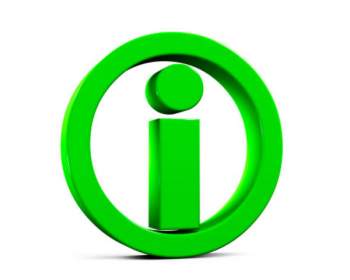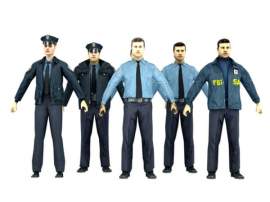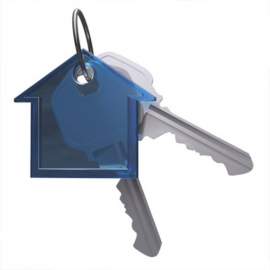
Proximate Cause Functions of Court & Jury

In a court, the plaintiff presents all the evidence gathered against a defendant, in an attempt to prove their negligence in a case. The evidence will mainly consist of a detailed account of an incident through which the plaintiff has suffered an injury. The injury has occurred due to an action or lack of action, by the defendant. In such cases, the defendant would have a responsibility or duty over the plaintiff, under which they have failed to protect them.
Such duties could include making an area that they own or are responsible for safe, and maintaining its safety while being used by others. The failure by a defendant to complete a certain task under a duty, can also lead to a negligent injury. An example would be installing some sort of safety measure in relation to a given area, that would keep its users safe. The direct cause of injury is commonly referred to as the proximate cause.
This is the actual act (or failure to act) that has been the main reason why the occurrence happened, and why a plaintiff was injured. Proving such a cause can be difficult, especially if there are intervening causes involved. In a case, a jury must be able to look at all causes and any contributing factors as explained by both the plaintiff and the defendants, to determine the reason behind the injury. It may seem that once such information has come to light, stating the decision of the actual cause is easy, but nothing ever is with tort
A jury and a court of law, are the solid base in a negligence case, in handing out a decision based on all the facts surrounding the case. Having a jury decide the case eases the process somewhat, and does not impose the investigation solely on a judge.
NEXT: Misrepresentation & Nondisclosure in Tort Law




















